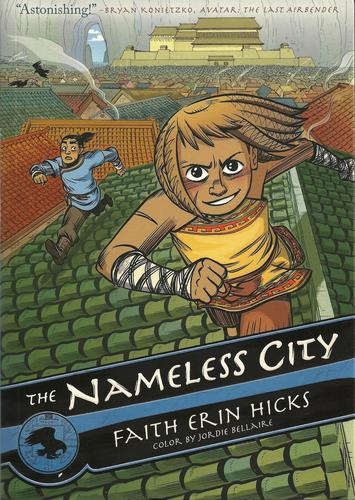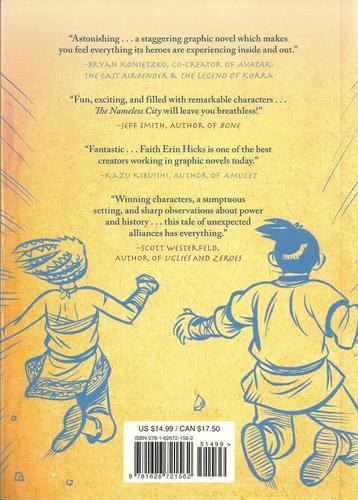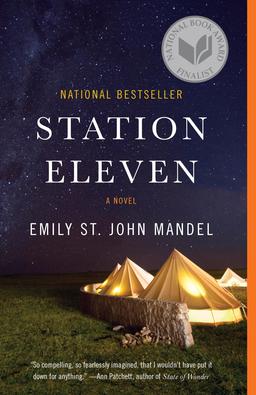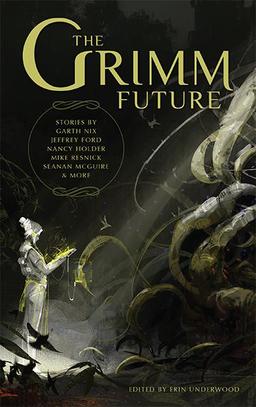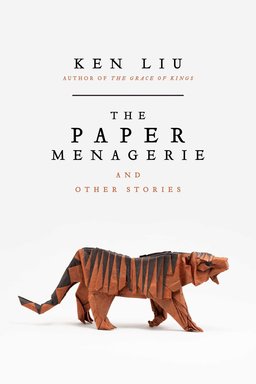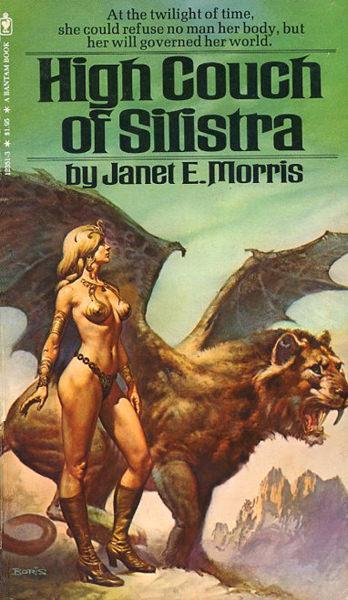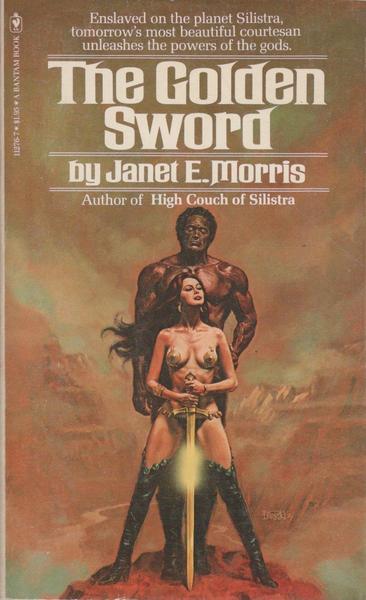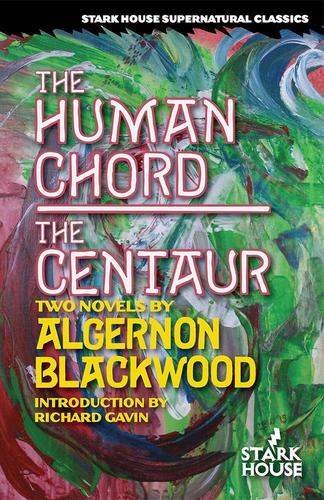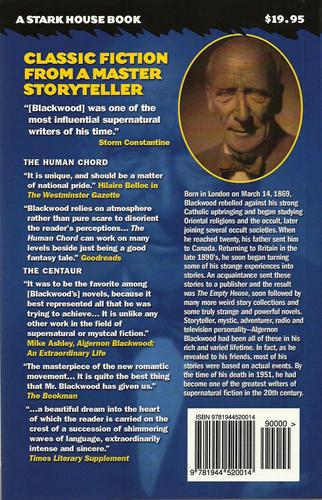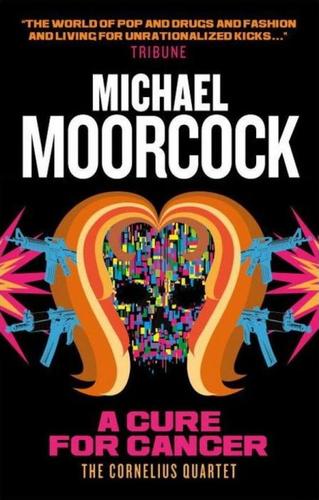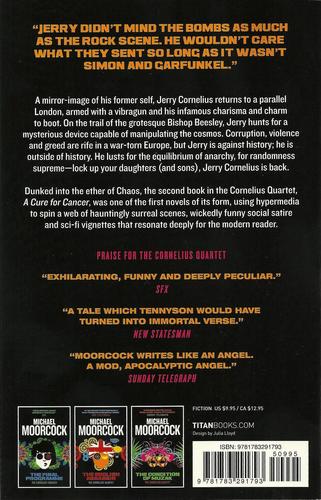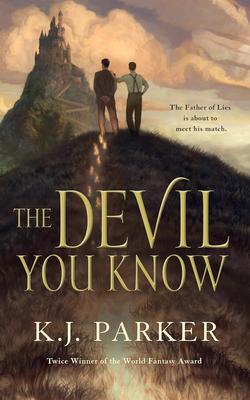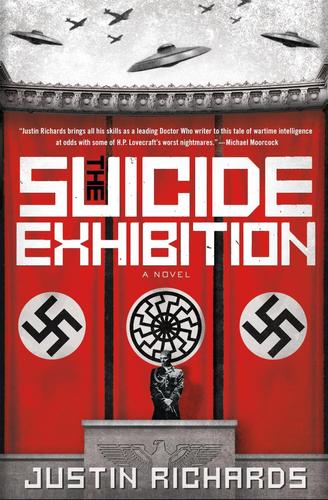The IX: Exordium of Tears by Andrew P. Weston
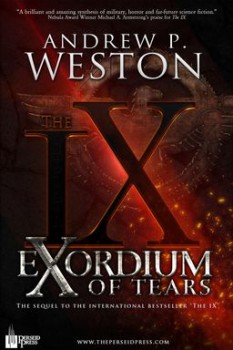 From his home in the Aegean, author Andrew P. Weston has sent out another blast of science fiction action (yeah, I don’t read only fantasy) with his new book The IX: Exordium of Tears, recounting the further adventures of the famous Legio IX Hispana. The preceding volume, The IX, was released last year and reviewed at Black Gate by me here.
From his home in the Aegean, author Andrew P. Weston has sent out another blast of science fiction action (yeah, I don’t read only fantasy) with his new book The IX: Exordium of Tears, recounting the further adventures of the famous Legio IX Hispana. The preceding volume, The IX, was released last year and reviewed at Black Gate by me here.
To recap: the Roman IX Legion, their Celtic adversaries, US cavalry troopers, their American Indian foes, and a squad of British special forces operators were torn from their respective times just as they were about to be killed in battle, and teleported to the planet Arden. There, under the guidance of the planet-controlling AI “the Architect”, they were set to fight against the Horde, an endless force of energy-eating beings who had worked their way through the billions of inhabitants of the many worlds of the spacefaring Ardenese civilization. The Architect’s plan for surival is to store the genetic templates of the surviving Ardenese and revive them in the future, while using the warlike humans to destroy the Horde. In league with the survivors of previous groups of teleported humans from other timelines, guided by the super computer, and armed with such fun toys as mini-singularity bombs, the newcomers do just that. The books show their old school sci-fi roots in this bit of Campbellian human chauvinism. They also bring to mind stories by Gordon Dickson and Jerry Pournelle, a strong mark in their favor.
In the year between their victory and the start of the new book, many of the Ardenese are restored to life. Together, they and the humans are striving to restore the planet Arden to its pre-Horde state, but peace is fleeting.
